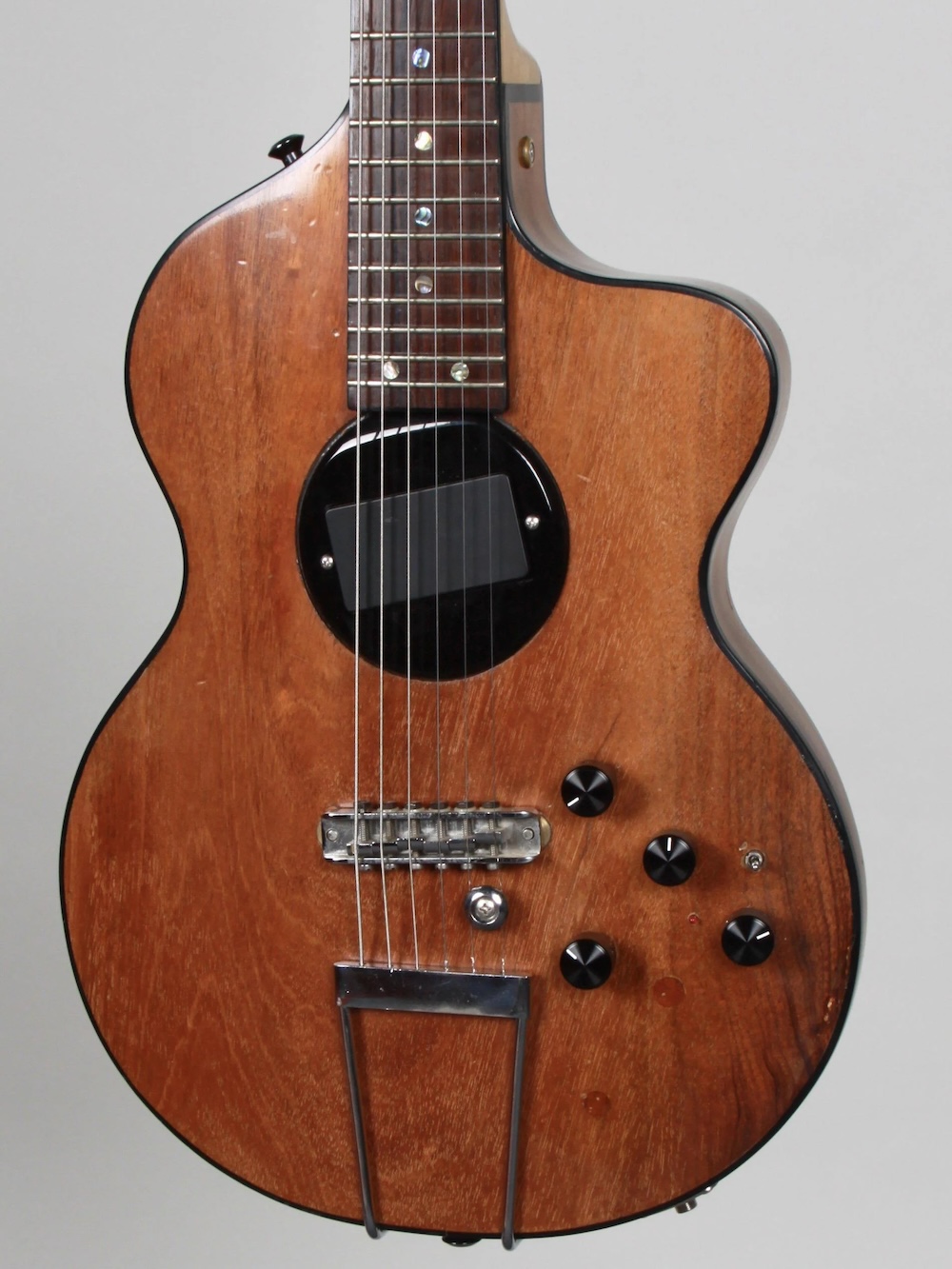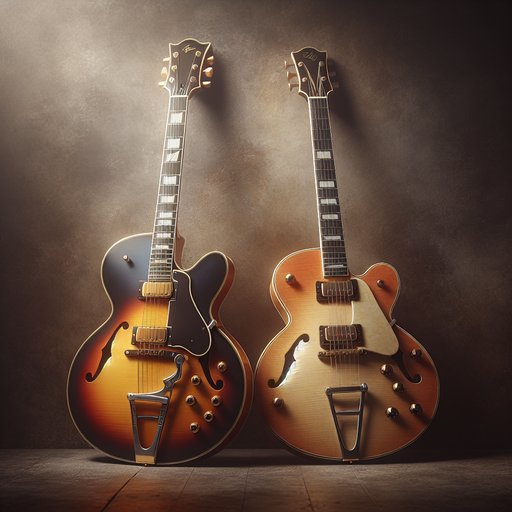
In the muddy aftermath of the Woodstock Music & Art Fair in August 1969, Jimi Hendrix stepped before a thinned, awe-struck crowd with a white Fender Stratocaster and transformed a familiar anthem into a searing mirror of the times. His rendition of the Star-Spangled Banner, rendered through the Strat’s tremolo, feedback, and single-coil bite, carried the sounds of jets and explosions that many associated with the Vietnam War. In that moment, a mass-produced instrument built for working musicians became more than wood and wire; it became a vessel for dissent and identity. The Strat had already shaped rock, but at Woodstock it crossed into civic life, turning a stage into a public square and a guitar into a generational banner.

Among the most illuminating stories in guitar history is the collaboration between luthier Rick Turner and Fleetwood Mac’s Lindsey Buckingham, a partnership that yielded the Turner Model 1. Conceived in the mid-1970s, when amplification was getting louder and arrangements more intricate, the instrument answered a rare brief: deliver acoustic-like articulation and electric authority in one guitar. Turner brought experience from co-founding Alembic and a deep curiosity about electronics and ergonomics; Buckingham brought a demanding fingerstyle technique and studio-level expectations for clarity. The result was a bespoke instrument whose materials and design choices were not just unusual, but purposeful, and whose influence has persisted long beyond its first appearance on stage and in the studio.

When Buddy Holly stepped under The Ed Sullivan Show’s lights in December 1957, cradling a sunburst Fender Stratocaster, a new American sound gained a national stage. His chiming, assertive tone, the crystalline snap of a three-pickup guitar, and an unpretentious presence combined to make rock ’n’ roll feel both accessible and unstoppable. The Stratocaster’s modern silhouette reflected postwar optimism, and Holly’s easy confidence suggested that a teenager with the right chords could speak to the whole country. What happened that night didn’t invent rock ’n’ roll, but it demonstrated how a mass democracy could carry a regional spark into millions of living rooms—and how institutions, audiences, and artists would immediately begin negotiating the boundaries of this noisy, democratic art.

Few partnerships in guitar history are as consequential as Chet Atkins and Gretsch. Beginning in the mid‑1950s, their collaboration produced the 6120 and the Country Gentleman—two instruments that translated a master musician’s practical wishes into widely adopted design standards. Atkins wanted stage-worthy clarity, reduced noise and feedback, stable vibrato, and an elegant look that would read well on television. Gretsch’s response—new bracing, hum-canceling pickups, and thoughtful hardware—did more than serve a star; it helped define the sound and look of electrified country, rockabilly, and early rock ’n’ roll.



































































